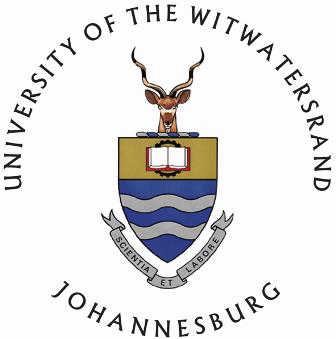Fossils, meteors and Mars absorbed top Johannesburg matrics last week in an open day that Wits Geosciences hopes will draw more students to study Geology. “Geoscience companies are banging down my door saying ‘where are your graduates?’” said Senior lecturer Dr Susan Webb. The Exploring Earth open day, held during the university break, was a first for the School of Geosciences. The School recognised a need to expose high school students to earth science before they applied for university, and to attract top performing students. Around 50 students were invited from the top 25 feeder schools in Johannesburg and were split into teams to compete in the five challenges of the day. The first challenge was to match the microscopic image of a rock to its life-sized partner. The wide-eyed students were free to interact with the rocks and minerals, the microscope samples and the machine itself.
“It’s good fun, this,” said Cameron Dry (above right) from St John’s College, who wanted to be a fighter pilot before a vocational training session convinced him otherwise. “I love science. I just never thought I could have a career in it.” On the library lawns, the students used a mallet to hit a metal plate in the geoscience equivalent of a carnival Strongman game.
“The hammer was really heavy,” said Jeppe Girls’ pupil Athena Tsai. A computer collected information about the hit for the students to use in calculating the thickness of the soil below. Next, the students used Google Earth to explore the surface of this planet, and Mars, before sitting down to a free lunch in the Bleloch Geological Museum.
Prof Lew Ashwal headed up the meteorite challenge with an array of space rocks worth around R500 000. He told them meteorites were important because “they’re cool” and “they’re worth a f**k lot of money”. He said people often phoned him, thinking they had found a meteorite. But “nine times out of ten it’s a ‘meteowrong’”.
The last challenge was for pupils to reconstruct a skeleton from loose fossils after briefly studying a complete version.
“Judging by the students’ reactions [today] was a success,” said PhD candidate and associate lecturer Grant Bybee, who had manned the microscope challenge. The winning team members each received a mineral box worth about R300.
Photos: Anina Minnaar
Published on Vuvuzela online, 15 April 2012











